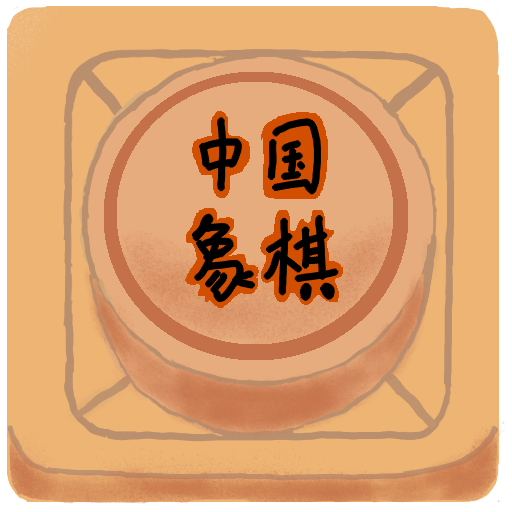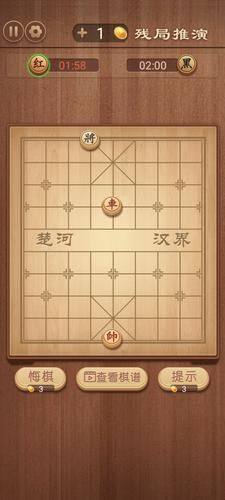Chinese chess, a two-player strategy game boasting a rich history spanning over 3,000 years, offers a compelling blend of accessibility and depth. Its fundamental rules are straightforward, yet mastering the game requires considerable skill.
The game's design, including the board and pieces, reflects a continuous evolution shaped by traditional Chinese culture. The strategic interplay of offense and defense, the subtle dance between real and virtual threats, and the intricate balance between overall strategy and individual piece movements create a captivating and addictive experience.
Understanding the Basics: How to Play Chinese Chess
Keep these key rules in mind:
- The General's Confinement: The General (King) remains within the central nine squares (the "Nine Palaces").
- The Advisor's Limited Movement: The Advisors (Shi Zhi) are restricted to the nine palace squares.
- The Elephant's Diagonal Leap: The Elephants (Xiang) move diagonally across two squares, confined to their respective sides of the river.
- The Horse's "L" Shape: The Horses (Ma) move in an "L" shape, one square horizontally and then one square vertically (or vice versa).
- The Cannon's Unique Attack: The Cannons (Pao) must jump over one piece to attack another.
- The Rook's Linear Movement: The Rooks (Ju) move horizontally or vertically across any number of squares.
- The Pawn's Limited Advance: Pawns (Bing) can only move forward one square at a time. Once they cross the river, they can move laterally one square.
### What's New in Version 1.0.5
Screenshot










































